Early Flood Warning Saves Lives

Recently Practical Action and The Daily Star with the support of Zurich Foundation organised a roundtable titled ''Flood Early Warning System: Prospects and Challenges”. Here we publish a summary of the discussions.
-Editor
Dr. Saleemul Huq moderated the session. At the outset, Kazi Mizanur Rahman, Project Manager, Practical Action presented the prospects of introducing robust early warning for reducing loss from floods.

Kazi Mizanur Rahman, Project Manager: DRR and CC, Practical Action
The frequency and severity of various hazards increased over the last few decades because of the changes in climate. The main reason for flooding in Bangladesh is not only the heavy rainfall within the country, but also other issues, including – snow-melt from the upstream countries, deforestation, shrinking of the rivers' capacity, building of dams in the upstream for irrigation and many more. One of the World Bank's studies shows that among various types of hazards, the damage caused by flood is 23 percent while it is 19% by cyclone and 15% by landslide. In Bangladesh, early warning is more prompt and precise for cyclone, but not strong enough for floods. We are aware that the country's disaster management regulatory framework is very strong. The Disaster Management Act2015 agrees that we should ensure the warning through accessible language for dissemination and should coordinate with neighboring countries. Bangladesh Climate Change Strategy and Action Plan pointed “forecasts are released through emails and website, there is scope for improvement”.
Last year, Practical Action introduced a mobile-based early warning system as a test case in cooperation with the Flood Forecasting and Warning Centre (FFWC) and local administration. We produced customized early warning voice message taken from the FFWC and sent those messages to 10,000 enlisted persons and Union Digital Centers. The dissemination of the same was boosted by trained volunteers. A post-impact assessment of this initiative showed that the customized voice message turned out to be more useful than the text message since many people cannot understand text message. However, there are some challenges running this system because of high cost and lack of proper setup to disseminate in time and customized way. If Government facilitates in reducing the dissemination cost and the local administration plays an effective role, the early warning system could be established to ensure reduction of loss due to flood.
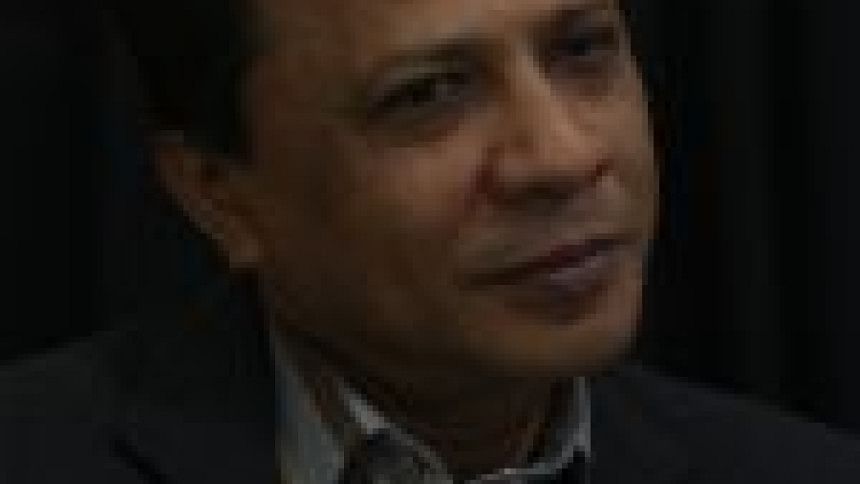
Md. Saiful Hossain, Superintendent Engineer, FFWC, BWDB
We are using the latest technology in weather forecasting and warning. Using the satellite, we are giving probability forecast for 10 days and it is very good for three days. We have targeted Union Digital Centers to disseminate early warning information swiftly. We have to think about a permanent structure.
We are trying to introduce a new system to show where the flood water is rising or reducing, using maps in TV. We can use mobile, FM radio, community radio, IVR. If we develop our products and use those media tools efficiently, we can reduce vulnerabilities. We need sustainable use of our resources.
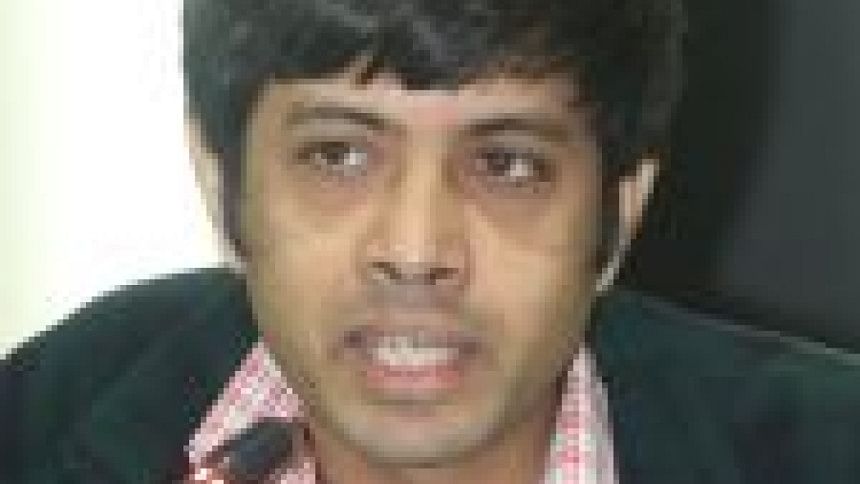
Md. Sazzad Hossain, Executive Engineer, FFWC, BWDB
People-oriented effective early warning system has four elements – 1. Risk Knowledge, 2. Early Warning Generation, 3. Dissemination and 4. Response. If any one of them doesn't work well, then it will not bring any benefit. Now FFWC are giving ten days and five days forecasts analysing the Basin Scale Hydrological Model. We release information through website and e-mails. We know that the Sendai Framework mentioned for regional cooperation in several places.
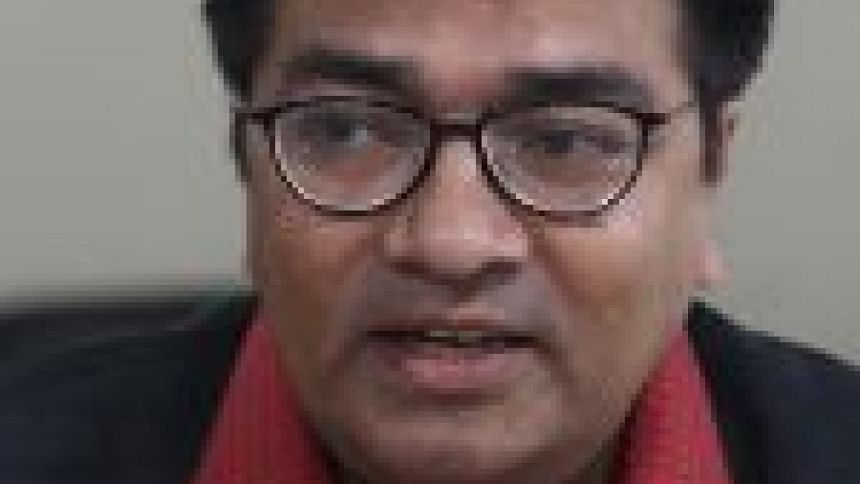
Kazi Shahidur Rahman, Humanitarian Affairs Specialist, UN OCHA
We warn people to reduce loss of life and property. Flood is slow on set and more related to asset than life. If it is related to crop, the warning is often beyond the capacity of the meteorological department. Cyclone warning is working well as it is related to life. Loss from flood is more related to crops and properties and in most cases, it happens because of breaching the embankment. So many components need to be considered for the warning system.

Adith Shah Durjoy, Senior Manager, IFRC
Around 50% of the country's population is young. They can be the change agents for information dissemination. We minimised the death toll by growing awareness but still we cannot minimise the loss of livestock and agriculture. Instead of focusing on few departments for message dissemination, why don't we involve all the related institutions like NGOs, volunteers and other departments like agriculture, livestock, fisheries, education even the students within this process along with govt. institutions?
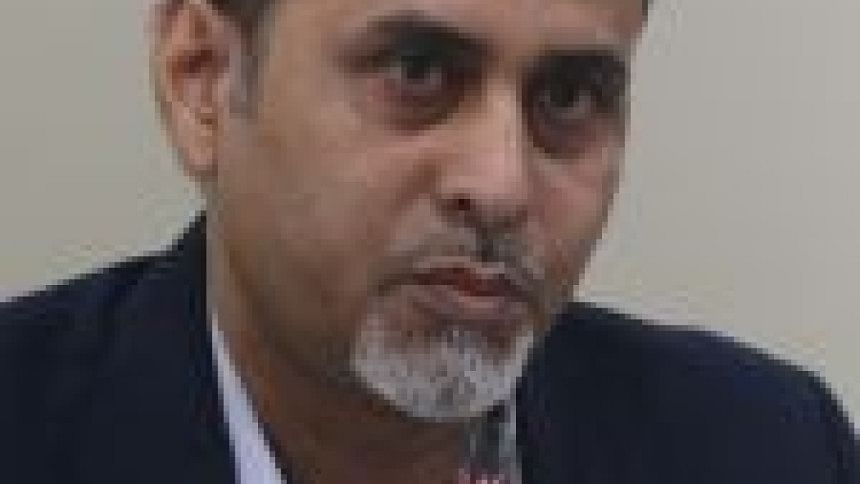
Palash Mondal, Coordinator: Resilience and Climate Change, CARE Bangladesh
Now our national level forecasting is appropriate. Last year, FFWC forecasted a flash flood and advised us to disseminate the message in the communities. We did it besides the FFWC and the community saved 50% of their paddy because of good response. The remaining 50% could not be saved as the rice variety did not ripe until that date and some people did not respond against those messages.
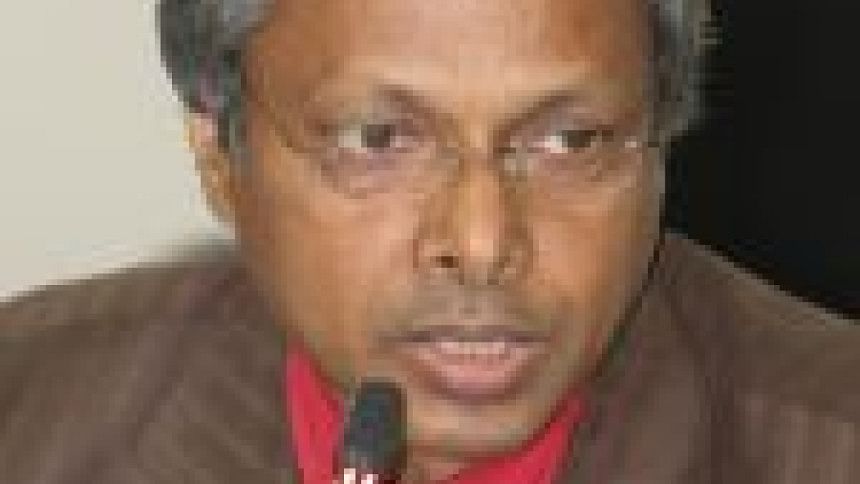
M A Halim, Director, BDRCS
BDRC and Government have been working for disaster since '72 but still struggling with the signaling system even though we produced a good forecast and gave signals timely. If we cannot make the community understand the message or signal, it will not work. Another big challenge is -many people are poor and illiterate. This group does not want to leave their homes and their belongings. We have to reach those people and involve them in the system.

Khairul Hafiz, Country Director, Muslim Aid
We can think about increasing the meter gauges around the country. Number of shelters has to be increased in flood-affected areas. Messages should be simple so that rural people can easily understand. This can be included in our school curriculum.
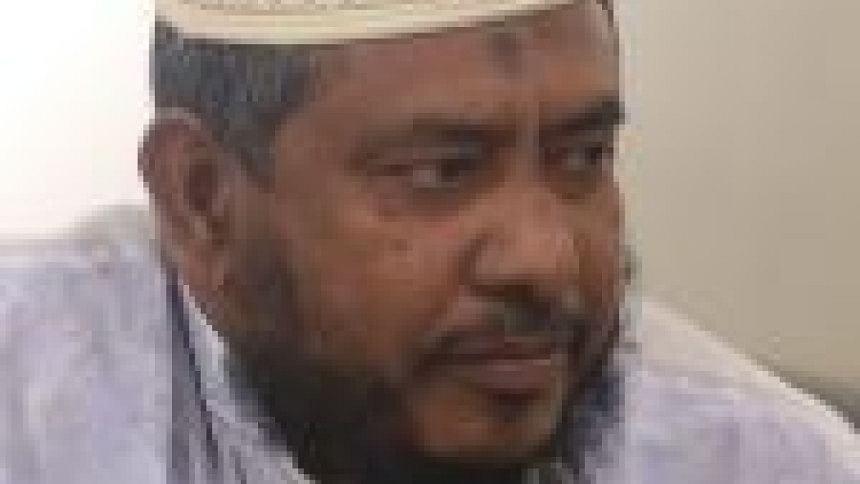
Md. Abdus Sobur, Chairman, Kaliaharipur union, Sirajganj
Union Parishad has a disaster management committee and we kept the mobile number of all Imams and Schoolteachers. Last year, we got the warning message and used microphones from mosques to alert people about the imminent flood. If the Union Parishad gets the fund directly from district, then we can use this fund for evacuation, message dissemination and other DRR activities.
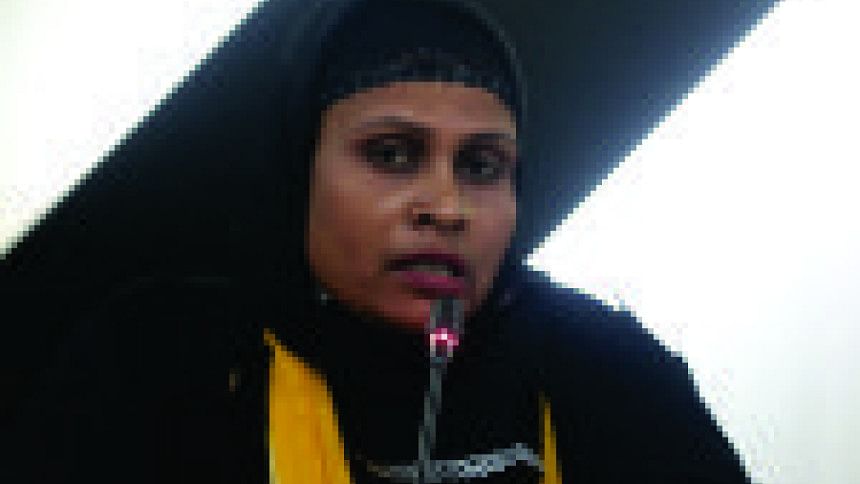
Mosammat Asinur Khatun, Volunteer, Sirajganj
We got benefit from voice warning messages in 2016 flood. After receiving the message, we roamed around villages, informed people and helped shifting their belongings. We took shelter in the safer places, started harvesting crops and vegetables early, netted fish from the ponds and minimised the loss. If women are given the messages, they will act faster since men often stay away from home.

Md. Anwar Hossain, Coordinator DRR, Practical Action
Lots of people are living in char areas for their livelihood and we cannot move them out. The gage points of the Water Development Board were installed long ago. Their positions and condition should be reassessed and more new gage points should be installed to provide accurate information. Mobile based early warning system works properly.
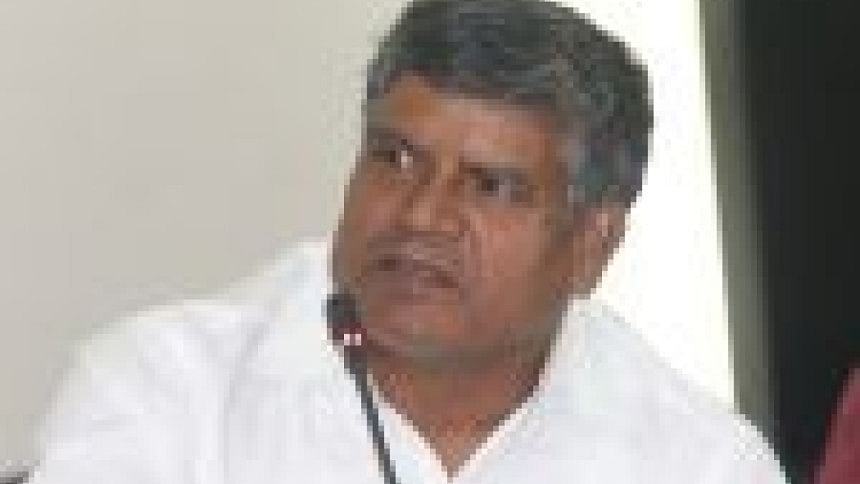
Habibullah Bahar, Executive Director, MMS
Decades ago, we worked for searching and rescuing, but now we are providing the warning message. Things have changed. Last year, we got a 5 days early message and sent to the community. The community people repaired a weak point of an embankment and saved nearly 150 acres of crops. If all the sectors have a commitment to the rural community, we could reduce the loss.
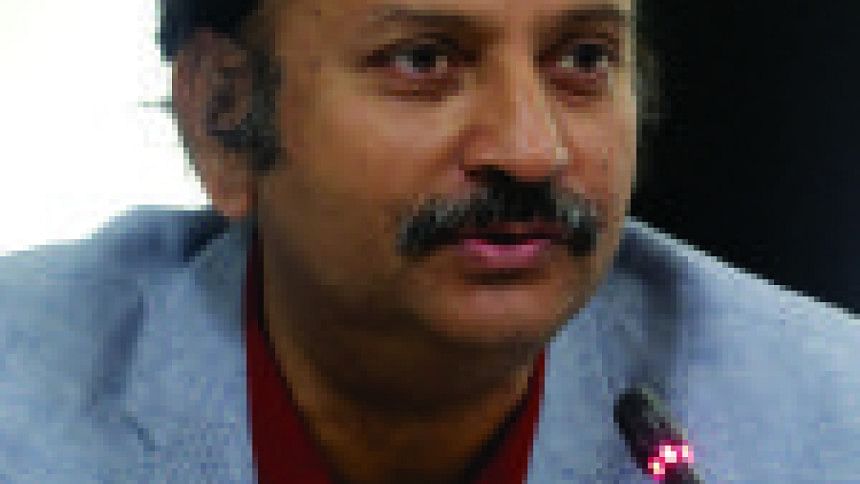
G. Nayeem Wahra, Director, BRAC
Information is aid and if we provide that properly, then no other relief is needed. We can use the community radio for sharing messages and at the same time, local government institutions need to be strengthened. Cyclone center is a temporary shelter where people do not want to stay longer. The elderly people, pregnant women, babies need more space to live and it is not an option for them, they will move from there. We need to think differently.
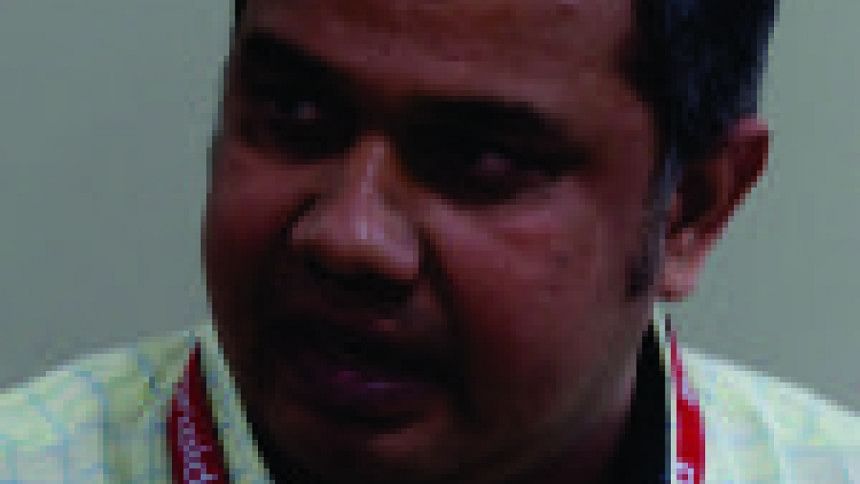
A M Nasir Uddin, Program Manager, Action Aid Bangladesh
In 2013, we got 3 days early flood warning but the designated person did not share the message to the local people. That community lost corps worth 1 crore taka. We know that 30 districts are connected to big river channels. It is a big job to customise the message for each of the local community. It needs an efficient coordination which is almost impossible without enhancing the local government's capacity.
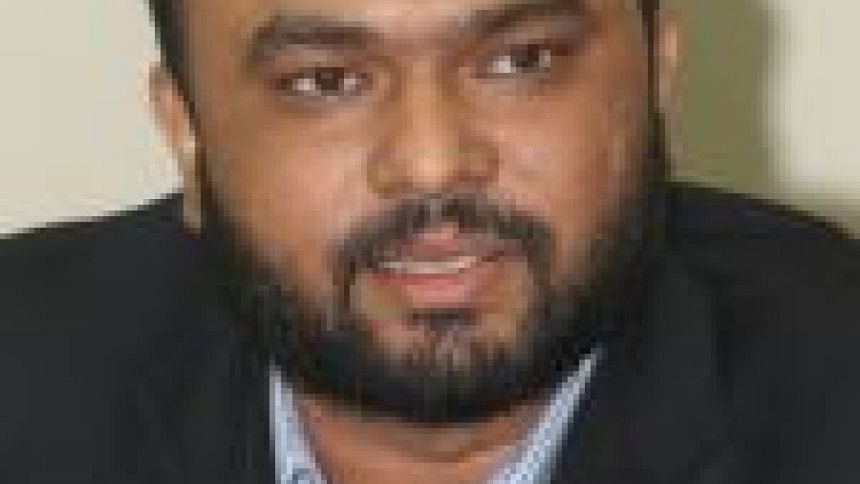
Raihanul Huq Khan, Country Program Lead, RIMES
We have to think about balancing the whole system. If we can not prepare a good forecast, it is impossible to provide proper messages to the community. If the community can not interpret it, they will not be able to respond to this. In the long run, it will not bring any output. It is all about particular projects taken by some NGOs or Government. Unfortunately, you can not hear from the community or Union Parishad that they are getting information from the DRRO and PIO. So we have to think about how we can relate this system with the local govt. institutions, rather than particular projects or NGOs for a sustainable system.
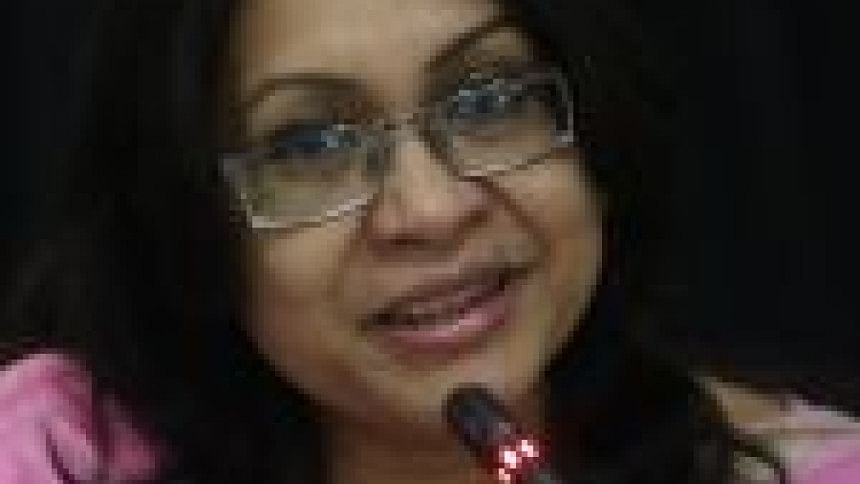
Hasin Jahan, Country Director, Practical Action
Bangladesh has made significant advancement in the field of disaster management. We are good in response, but there are areas of improvement for overall management—especially, preparedness and early warning systems. We generally consider cyclone as a disaster and often consider flood as a regular phenomenon, not a disaster. If we look at the policy documents, we will see that drought, salinity and even arsenic are considered disaster but we pay least attention on these so far. If we compare the loss that occurs due to different disasters, flood is the highest while drought scores the fourth among all sorts of disasters. Again, if we analyse the loss and damage among different sectors, agricultural sector is the most affected one and farmers are the worst victims. The loss and damage due to drought or flood could be minimized largely by providing agro-meteorological information to the farmers well ahead.
Practical Action demonstrates a model in Sirajganj for providing agro-meteorological services to access the farmers for catering their needs by tailoring the agricultural advices into voice message form with support from RIMES, DDM, FFWC, and DAE. The year round information flow prepares the farmers for receiving the messages as a part of their regular practice and thus makes them more prone to respond to the advices during disaster period immediately. Many organisations, including I/NGOs are setting examples of good and workable models which need to be mainstreamed by the government.

Dr. Saleemul Huq, Director, ICCAD
Bangladesh probably established the best Cyclone Warning System in the world. Last year, Cyclone Rouanu hit Bangladesh and nearly 2 million people took shelter at the cyclone centres, because now students know what to do, people know the signaling system and how and when to evacuate. Still we cannot tackle the flood in the same way. Government, NGOs, Media, Academia—all are trying something new and innovative from their own perspectives, scopes and opportunities. We have the latest technologies like smart phone, internet, social media etc. We can improve the system using this set up.
There are three important factors for effective early warning –generating the knowledge and forecasting with the technical expertise, communicating the knowledge through proper dissemination and response of the recipients upon receiving the information. We should think about the long-term solution if we work collectively, we can improve the total system keeping the time horizon in mind. We should invest in the children and youths to prepare them for making the world more resilient.

 For all latest news, follow The Daily Star's Google News channel.
For all latest news, follow The Daily Star's Google News channel. 


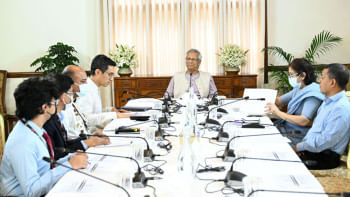
Comments